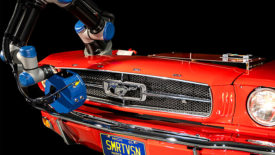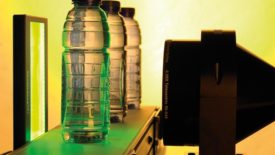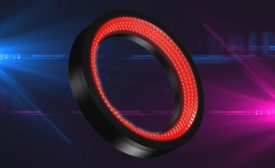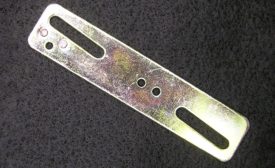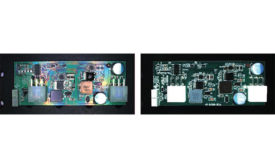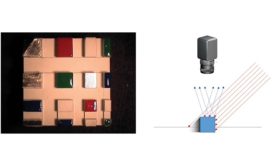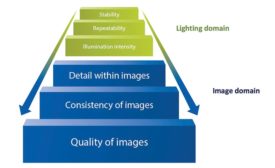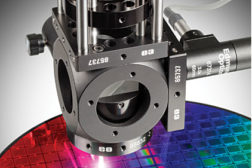Home » Keywords: » illumination
Items Tagged with 'illumination'
ARTICLES
Vision & Sensors | Lighting
Computational imaging can simplify certain problems that are difficult to solve with standard visual imaging.
Read More
Vision & Sensors | Machine Vision 101
Machine Vision Lighting and Why It’s Important
When considering illumination, the object or field to be imaged is really what matters.
December 21, 2022
VISION & SENSORS - MACHINE VISION 101
Engineered Lighting: Part 2 of 3
Learn how to choose a light source to take advantage of the characteristics that create contrast.
March 9, 2021
Lighting Basics for Machine Vision
With these steps you are well on your way to finding the right light to highlight the features needed for a great image.
November 30, 2020
Illumination: The Third Pillar of Imaging System Design
Illumination is an often-overlooked yet crucial aspect of vision.
September 1, 2019
The Importance of Consistent Illumination in Machine Vision
Machine vision systems evaluate the image of the object, not the object itself, so the first stage in the process is to get the correct lighting arrangement for the application.
January 1, 2017
When to Consider Inline Illumination
It is critical to consider characteristics of the object you’re imaging and the information you need to extract from the image.
January 3, 2014
Stay in the know with Quality’s comprehensive coverage of
the manufacturing and metrology industries.
eNewsletter | Website | eMagazine
JOIN TODAY!Copyright ©2024. All Rights Reserved BNP Media.
Design, CMS, Hosting & Web Development :: ePublishing
